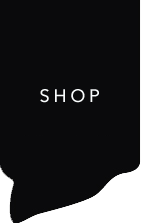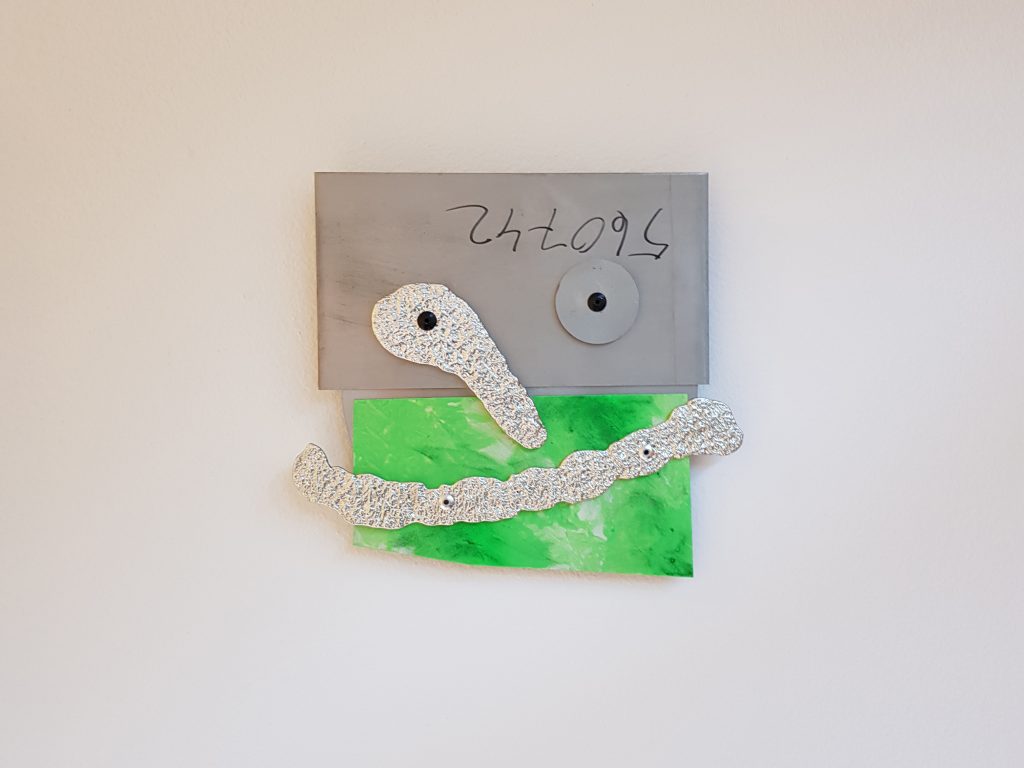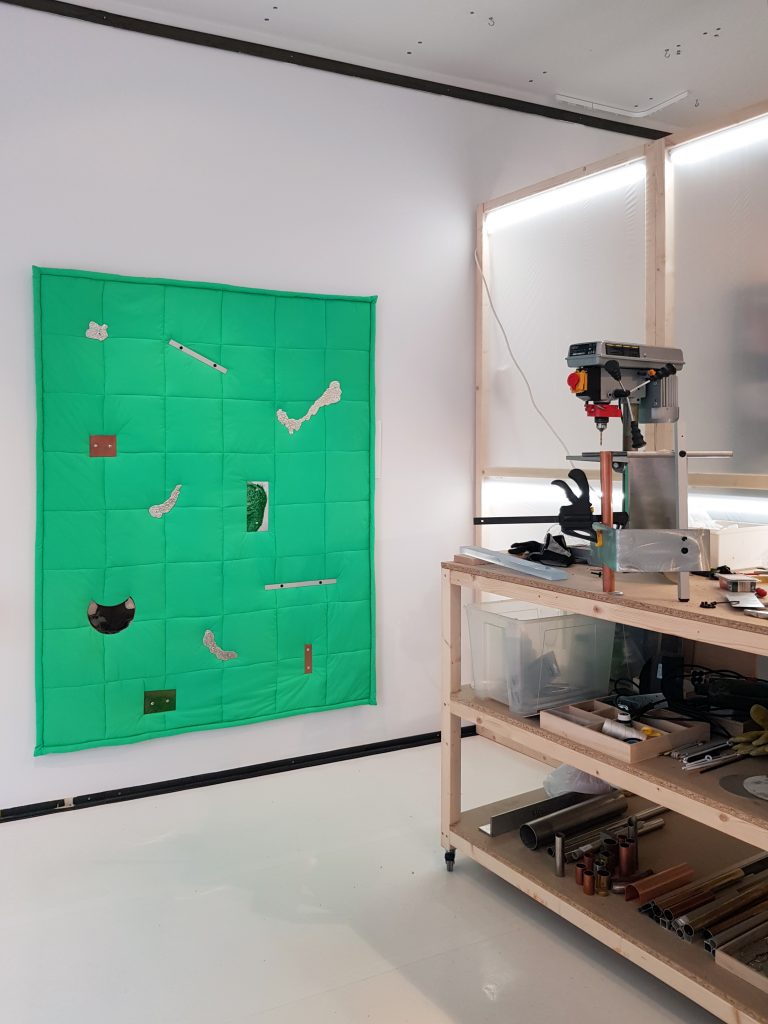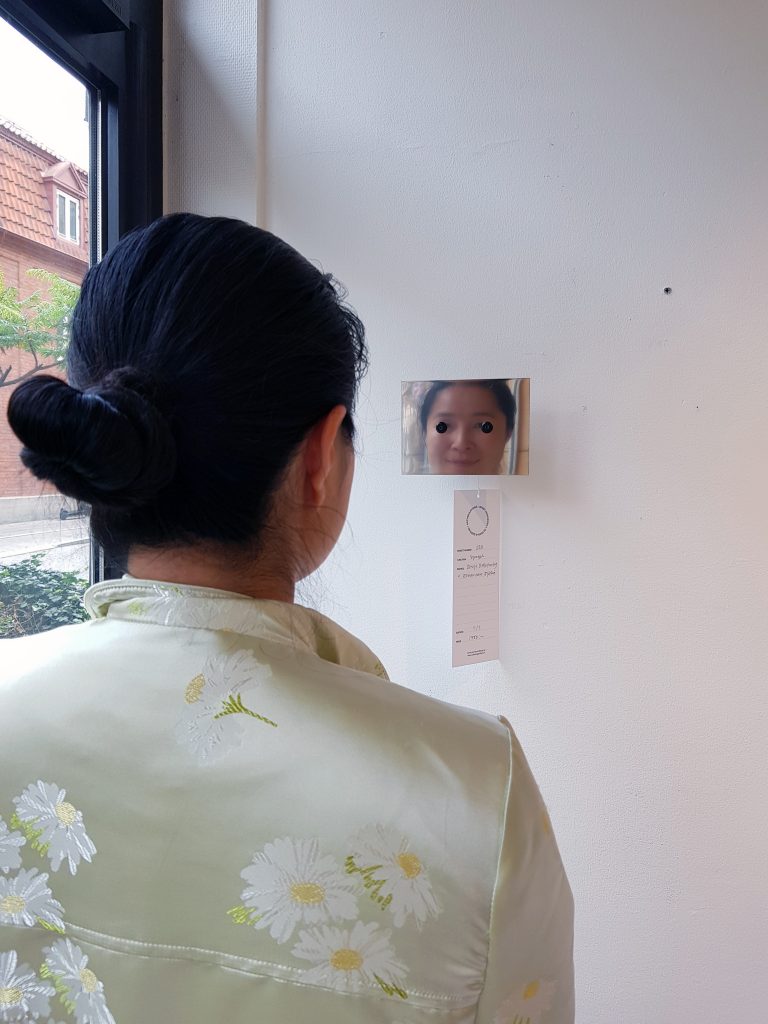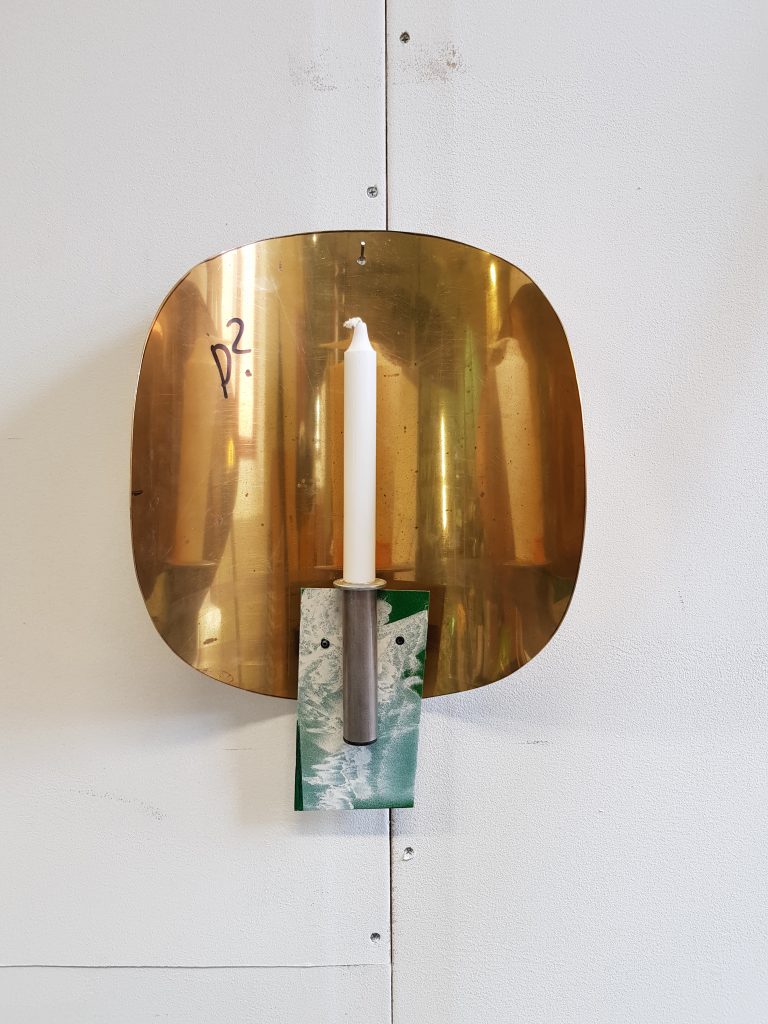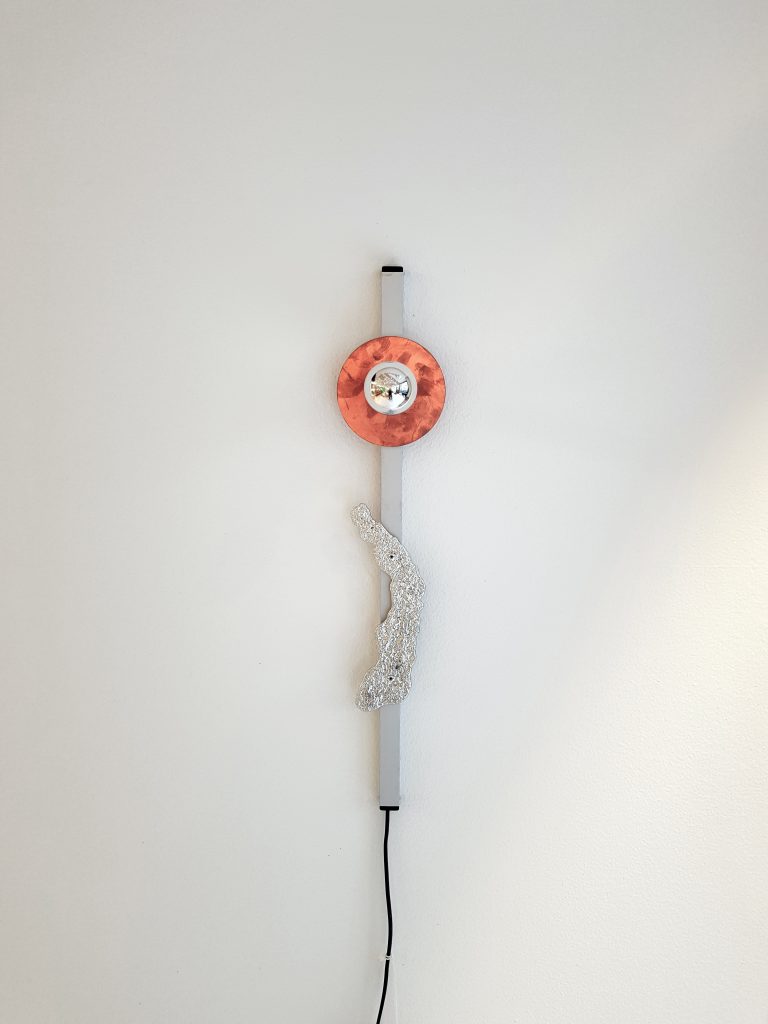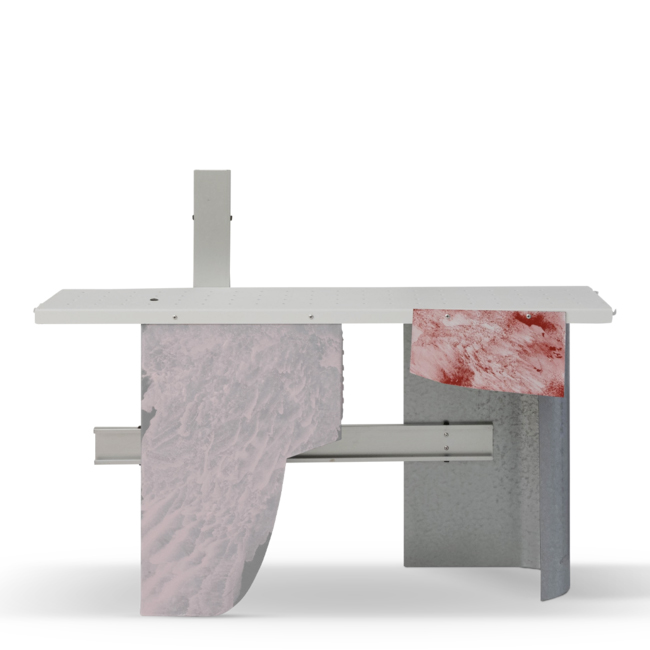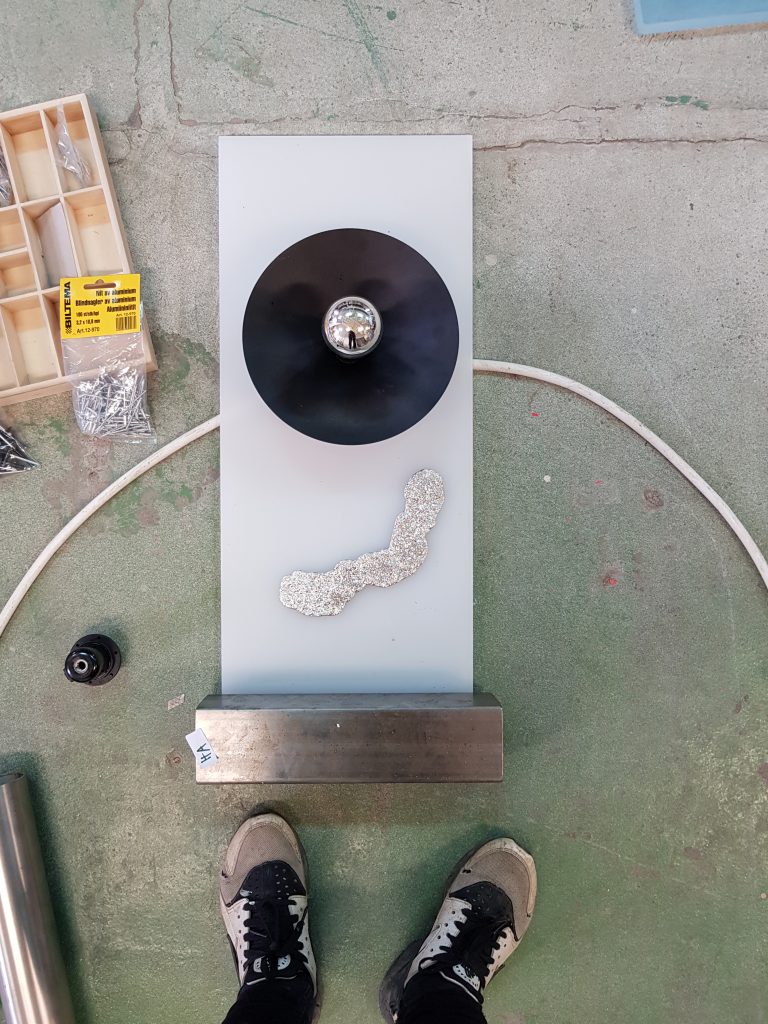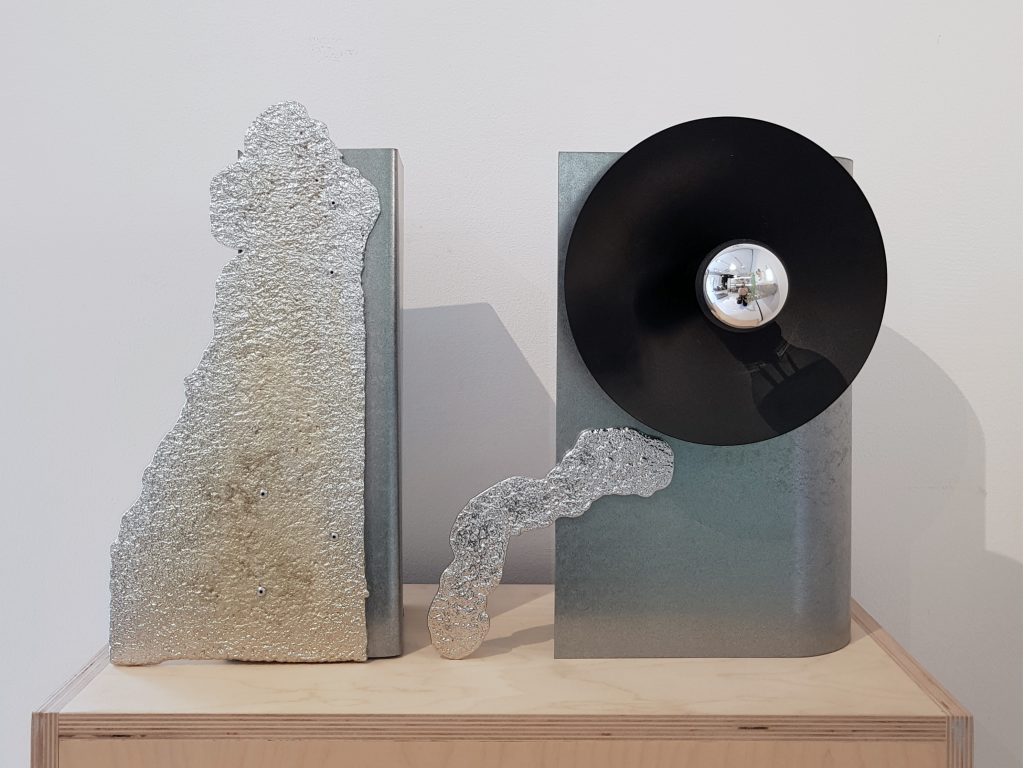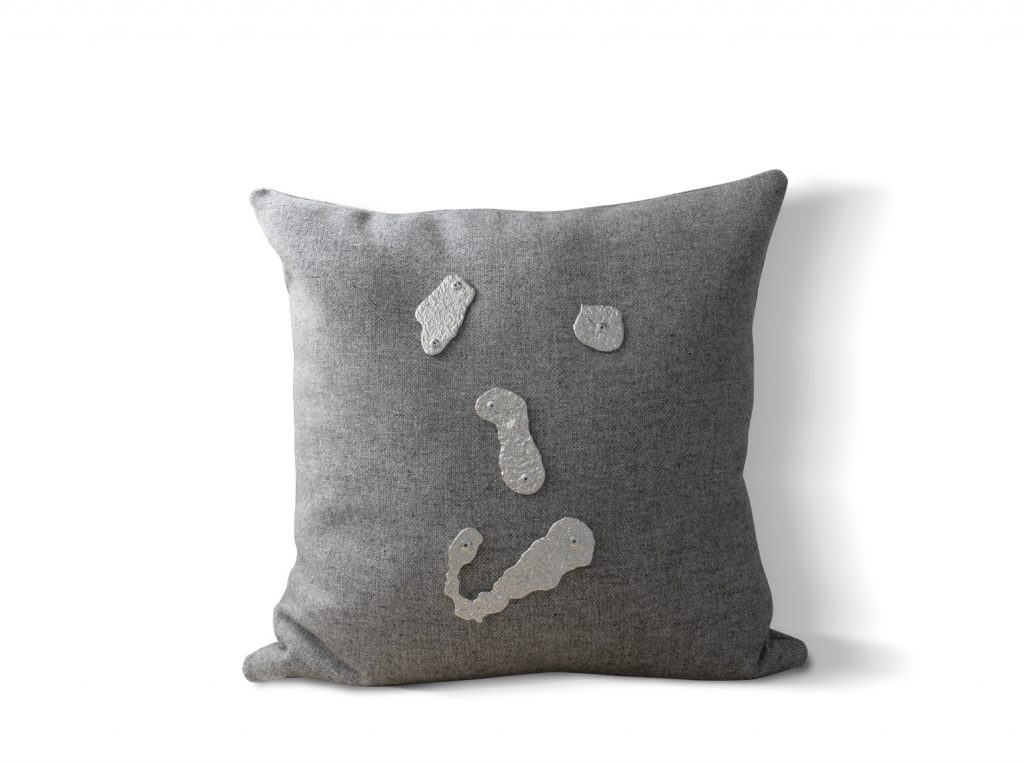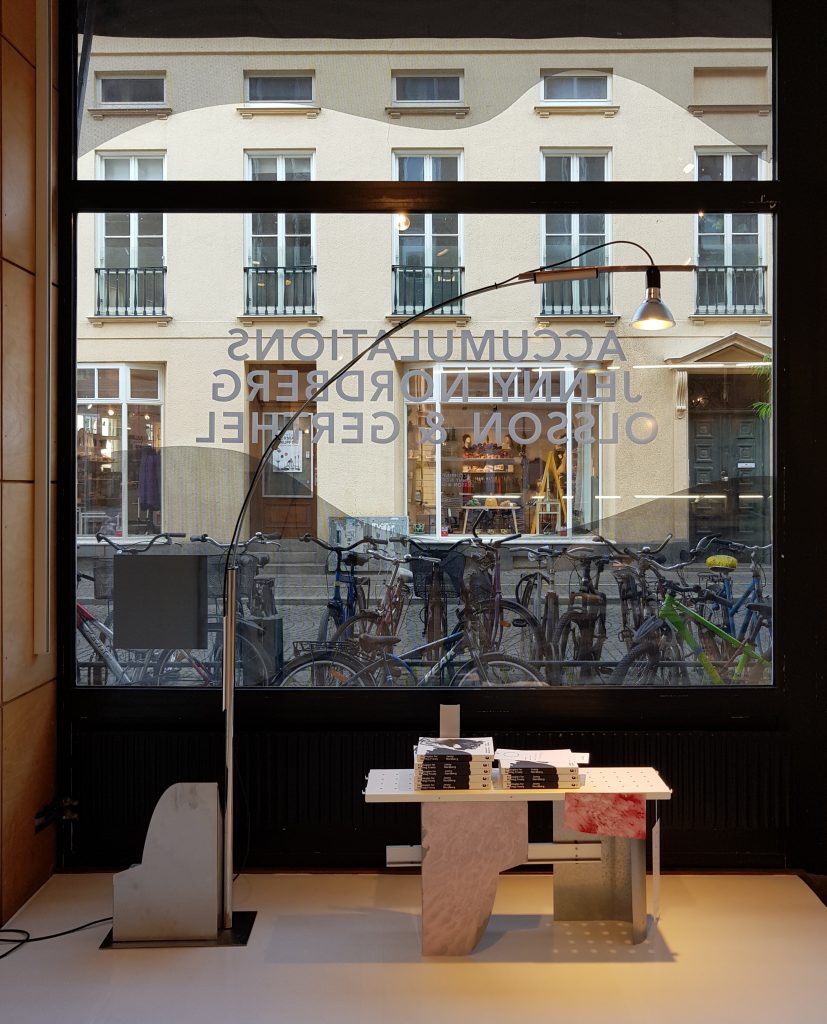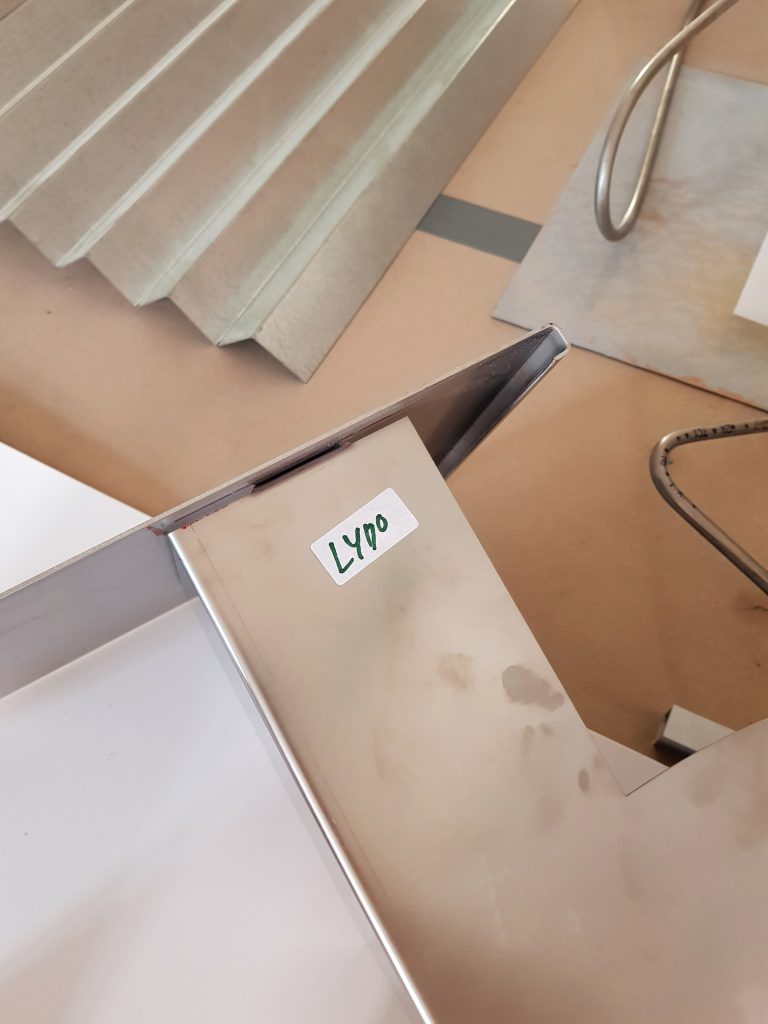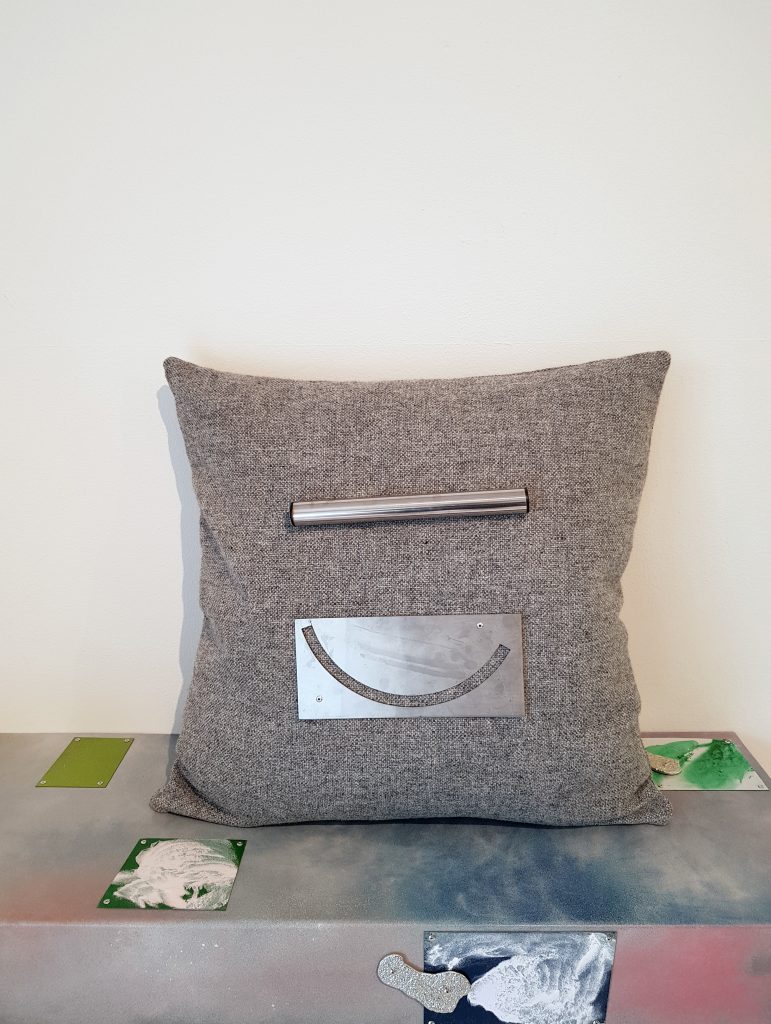-
Accumulations
In several of her projects, Jenny Nordberg has composed new objects out of discarded or rejected materials – for example in the exhibitions Omkompositioner (Recompositions) at Rian designmuseum (2014), Most Common Element at OBRA (2018) and Possibilities at stockholmmodern (2020). The unwanted materials she works with can, as the British anthropologist Mary Douglas suggests, be seen as matter out of place – or as Nordberg self puts it: “assets in need of recontextualisation in order to regain their full potential.” To dig into rejected things is a way to renegotiate norms and to highlight more or less hidden value systems.
Nordberg’s use of waste instead of new materials is not only about optimising resources and sustainability; it is also about the joy of using a heuristic approach. This is a rapid method since it centres on existing knowledge and strategies from previous experiences. For Nordberg, working with elements with a predetermined appearance is a way to optimise the design process, and to find new possible paths despite of restricted parameters. Several decisions are hence avoided – such as material, form and origin – which makes the actual composition both the first and last step in the process. The different objects are put together according to a set of strict rules:
– The found parts can only be minimally processed.
– Size and shape are to be maintained, but bending and making holes is allowed.
– Quick surface-treatment is ok if needed.
– Pop rivets are used for assemblage.
– The materials must be classified as leftovers or trash.The exhibition Accumulations (September 9-26, 2020) at Olsson & Gerthel is based on a library of rejected elements, which through Nordberg’s disruptions are given new function and potential. In the performative presentation, she joints these materials with an assemblage-like technique in order to make unique utility objects, stretching from brutalist bedcovers in textile and metal to lamp constructions, tables and vessels. The leftovers that are used have been collected from subcontractors to Olsson & Gerthel, as well as from Nordberg’s studio, and a declaration of each part’s origin accompanies each final object.
-

